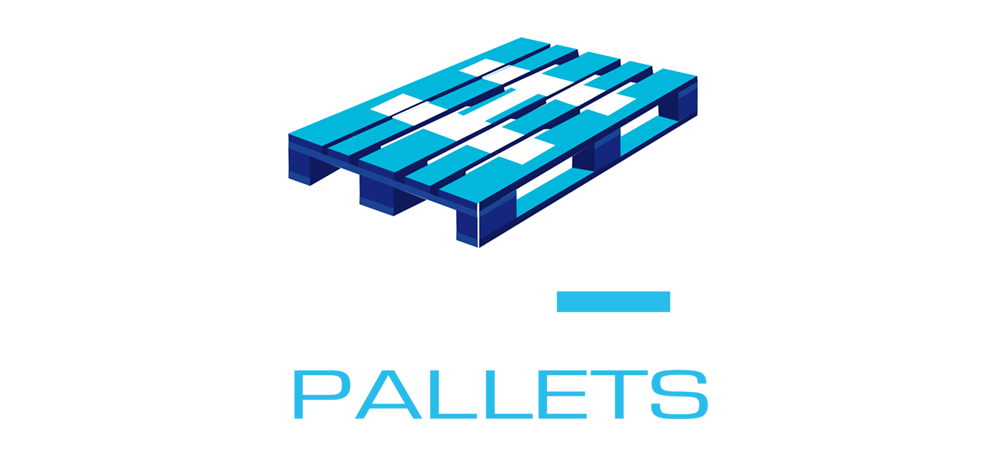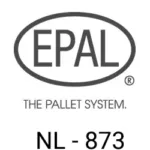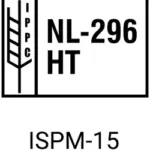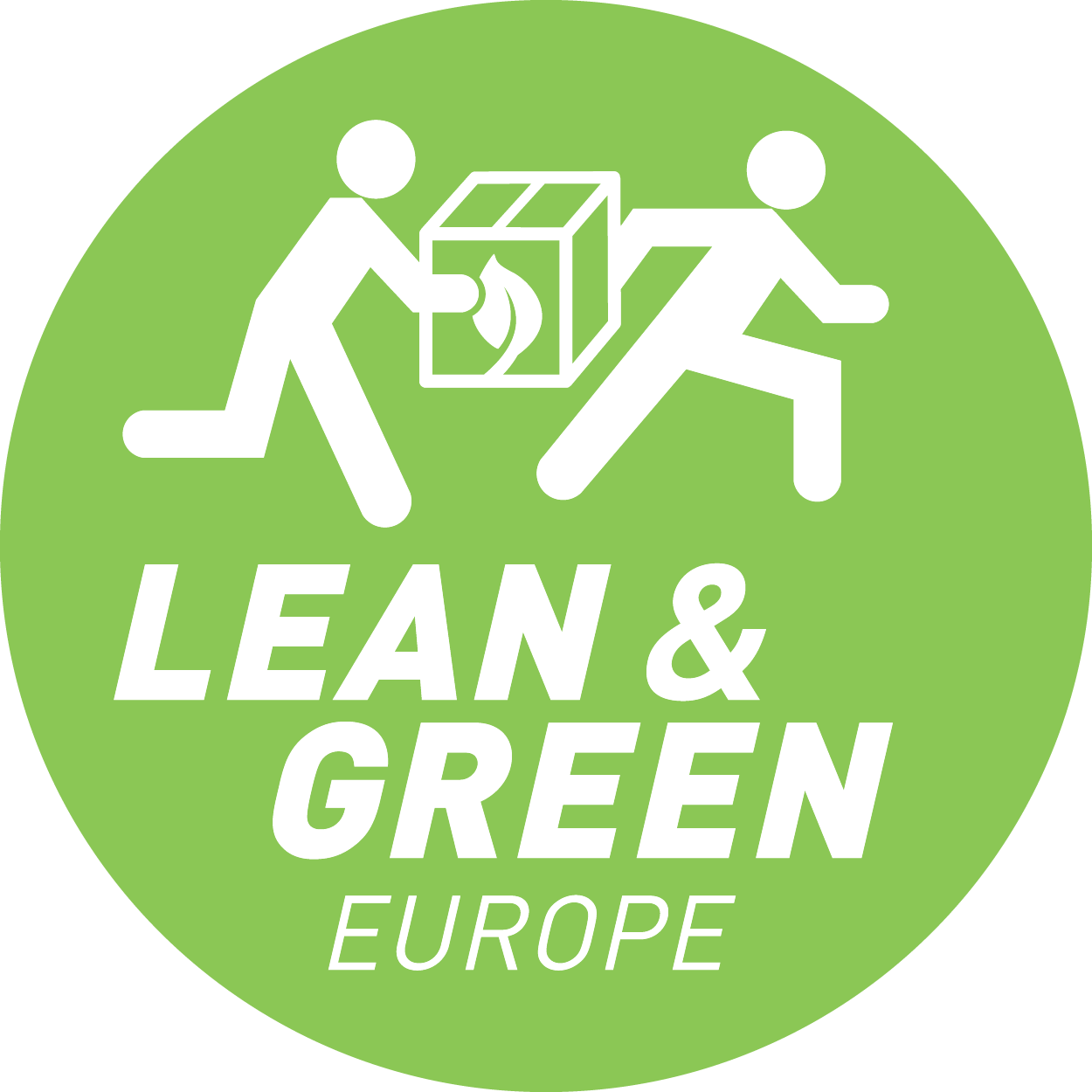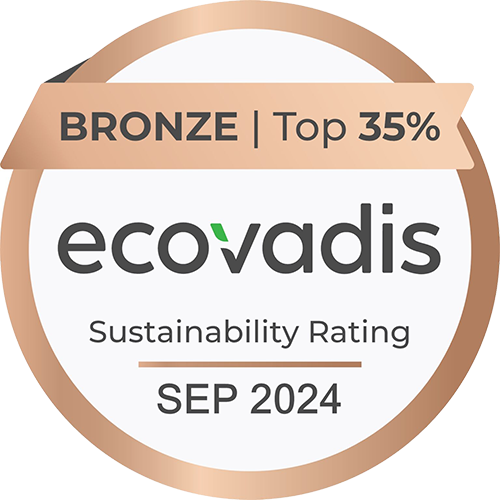CP pallets – sturdy and reliable chemical pallets
What are the chemical pallets made of?
CP pallets, also known as chemical pallets, are made of strong wood. This wood is often treated to be extra sturdy and durable. The pallets are specially designed to carry heavy loads and last a long time. This makes them ideal for industries where safety and reliability are important.
What can the pallets be used for?
CP pallets are widely used in the chemical and pharmaceutical industries. They are perfect for transporting and storing bags, drums, and boxes of raw materials or finished products. Due to their sturdy construction and standardized dimensions, they are easily stackable and safe to use. Other sectors, such as construction and the food industry, also use CP pallets.
What types of CP pallets are there?
There are nine types of CP pallets: CP1 to CP9. Each type has a different size and carrying capacity. For example, CP1 and CP6 are ideal for bagged goods, while CP3 and CP9 are often used for kegs. CP5 is more compact and convenient for smaller spaces. Which CP pallet you need depends on your transport or storage needs.
Would you like to know more about CP pallets? Contact us!
Types of CP Pallets
The difference between the two pallets is in the bottom deck. The CP6 pallet is more suitable for the transport of stacked products.
Download specification CP1 – GermanDownload specification CP1 – English
Download specification CP6 – German Download specification CP6 – EnglishThe CP3 has a bottom deck with an open design, while the CP9 has a circumferential flat-working bottom deck.
CP3 and CP9 have the dimensions 1.14 x 1.14 meters.
Both versions are ideal for loading bagged goods, octabins, drums and big bags. The CP3 and CP9 are stackable and fit perfectly in a container.
Download specification CP3 – GermanDownload specification CP3 – English
Download specificaton CP9 – German Download specification CP9 – EnglishCP4 has an open version and CP7 has a cross deck. These CP pallets are characterized by the size 1.10 x 1.30 meters.
This makes them suitable for transporting bagged goods and boxes.
The difference here is also in the bottom deck.
Download specification CP4 – GermanDownload specification CP4 – English
Download specification CP7 – German Download specification CP7 – EnglishThe smallest CP pallet is mainly used for transportation in containers.
Size: 0.76 x 1.14 meters.
This is an open bottom deck pallet.
Download specification CP5 – German Download specification CP5 – EnglishThe CP8 pallet is almost identical to the CP9 pallet. The only difference is that the CP8 pallet has a hole in the top and bottom deck, which makes the pallet suitable for big bags with bottom discharge.
Download specification CP8 – German Download specification CP8 – EnglishRepair of pallets of all sizes
Hommerin also offers a repair service for CP pallets, so that your pallets last longer and you contribute to a circular economy.
Hommerin operates sustainably and meets all pallet requirements. We opt for environmentally friendly processes and use efficient, sustainable means of transport. With our extensive range and our focus on quality and sustainability, you are assured of the right pallet for every application.
Contact us for advice or a quote!
